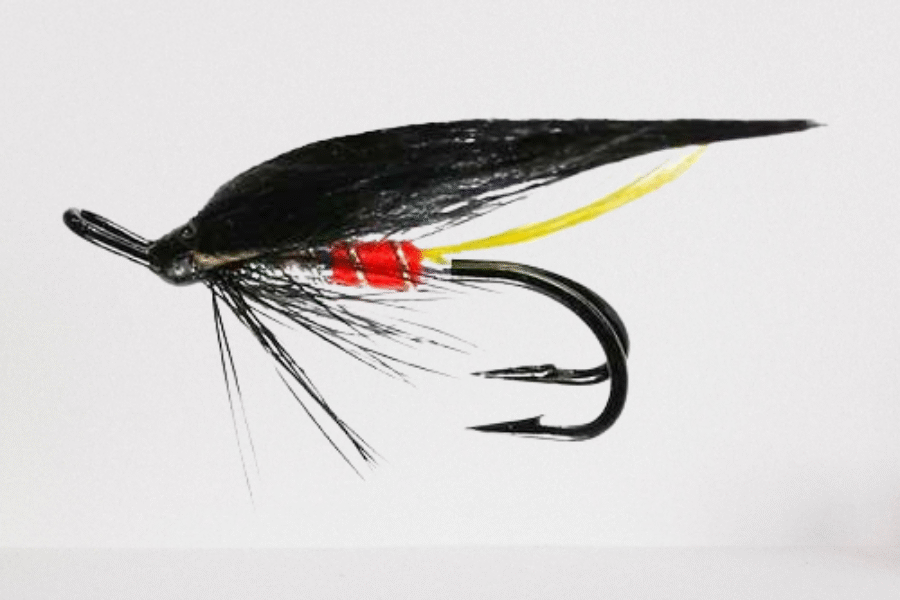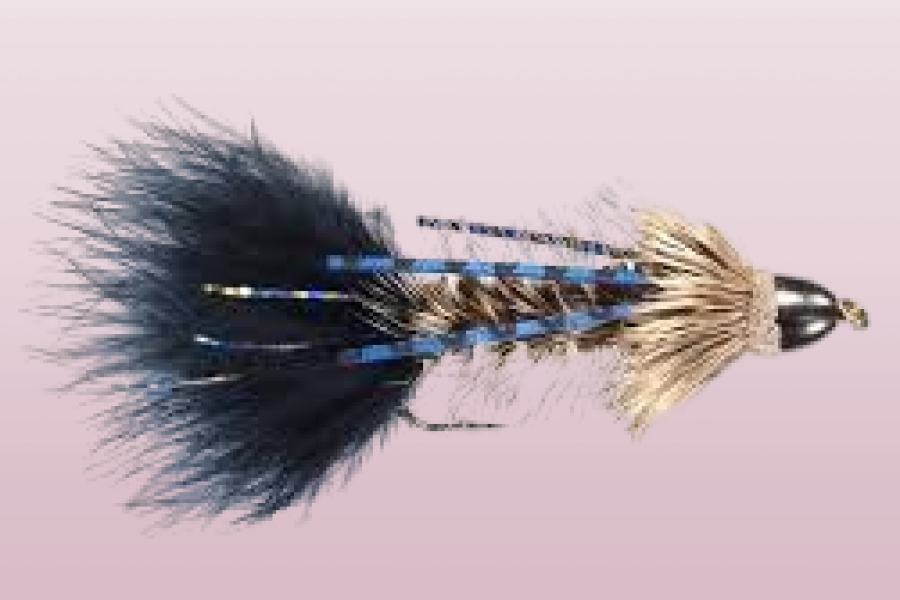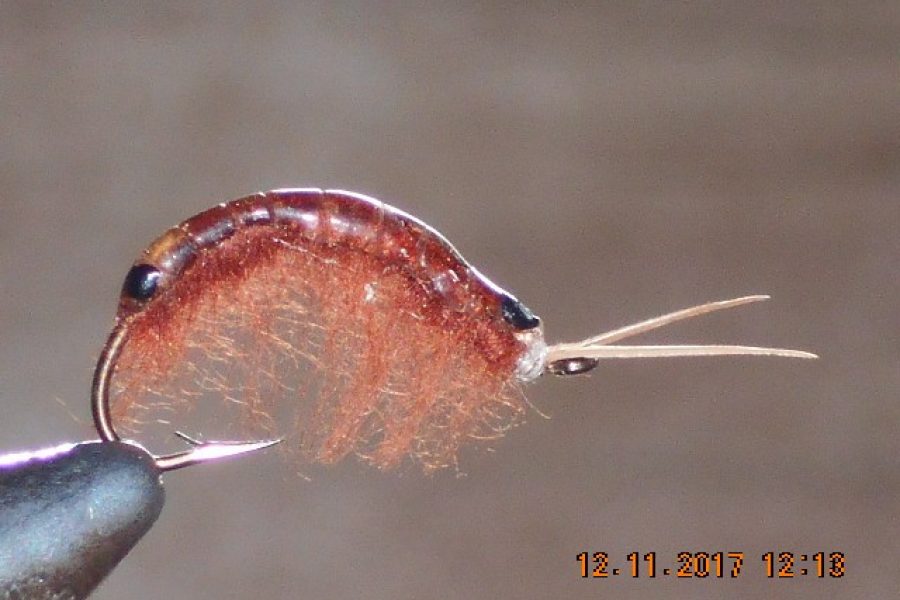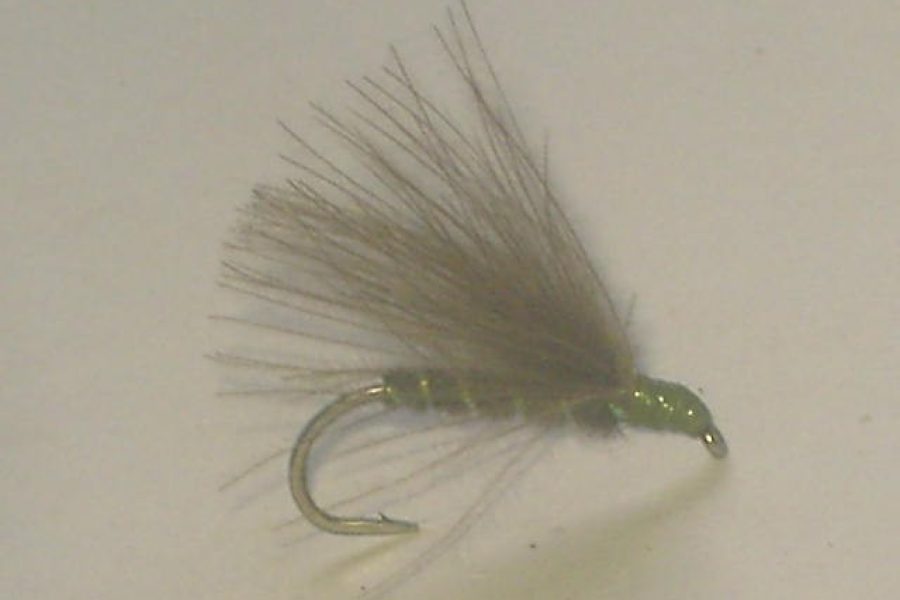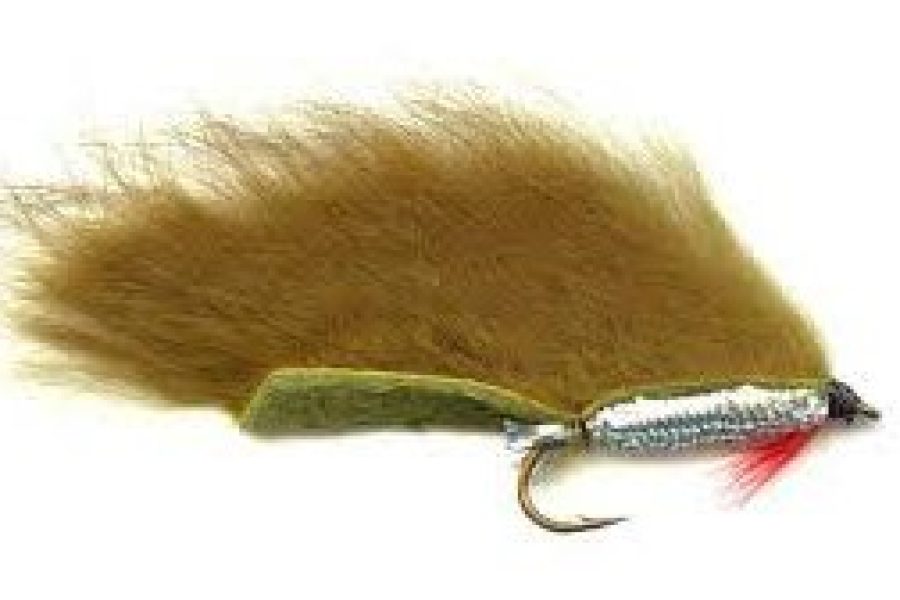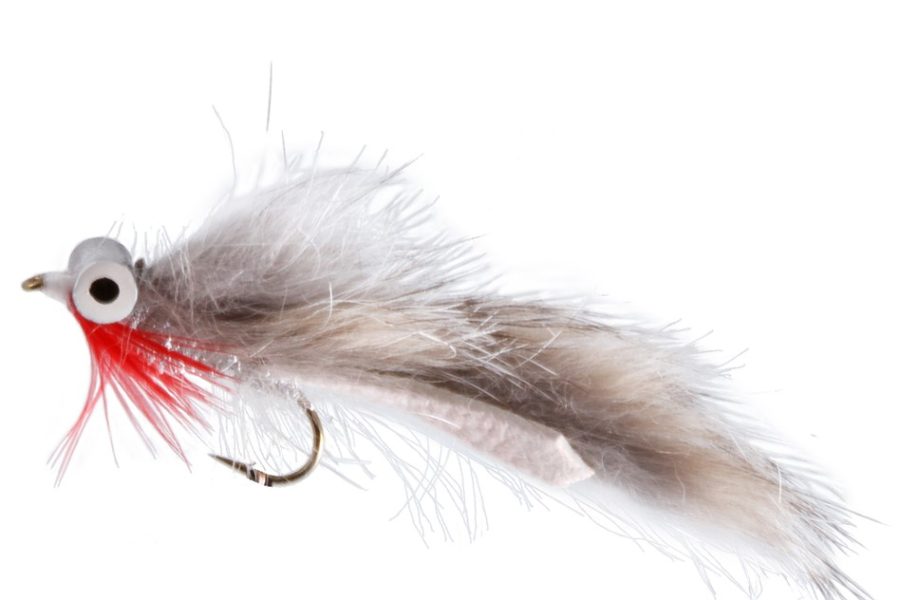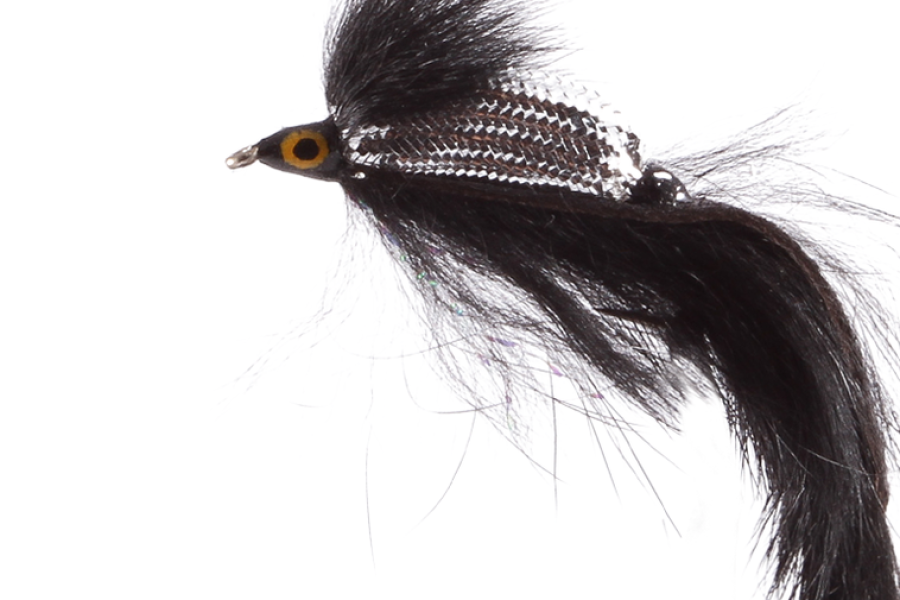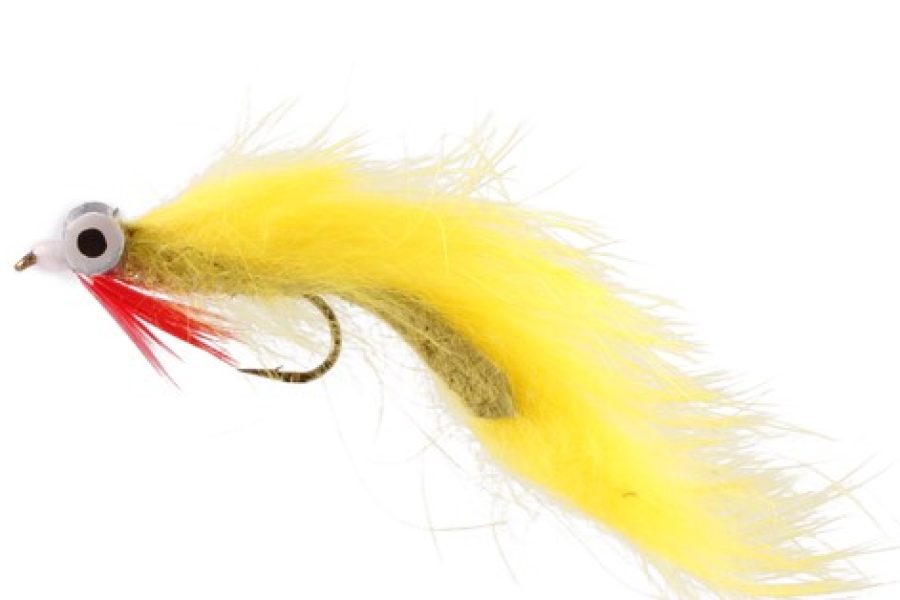Description
Product Overview and Heritage The Black Slumpbuster zonker fly represents a masterful evolution in streamer design, combining the effectiveness of zonker strips with a sleek black coloration that excels in various light conditions. This specialized pattern merges traditional zonker construction with modern tying techniques, creating a highly effective pattern that has proven particularly successful for targeting predatory fish in both clear and stained waters. Developed through extensive testing, this pattern has become a go-to choice for anglers seeking aggressive strikes.
Design Philosophy and Material Innovation The pattern’s effectiveness stems from its carefully engineered components:
- Premium zonker strips
- Quality black materials
- Specialized flash elements
- Precise proportions
- Durable construction
- UV-enhanced materials
- Strategic weight distribution
- Enhanced profile design
- Advanced tying techniques
- Natural movement properties
Technical Specifications
Hook Characteristics:
- Strong-gauge streamer hook
- Available sizes: 2-8
- Durable wire construction
- Straight-eye design
- Chemically sharpened points
- Wide gape configuration
- Corrosion-resistant finish
- Optimal hook strength
- Enhanced penetration design
- Perfect material-to-hook ratio
Material Properties:
- Selected rabbit zonker strips
- Premium black coloration
- Flash accents
- UV-reactive components
- Water-resistant treatments
- Enhanced durability features
- Quality natural materials
- Specialized body materials
- Color-fast properties
- Movement enhancement
Construction and Tying Process The pattern’s success relies on precise construction methods:
- Balanced proportions
- Strategic zonker placement
- Graduated body tapering
- Reinforced thread base
- Material integration
- Enhanced durability features
- Proper material application
- Body construction
- Profile consistency
- Movement optimization
Fishing Applications and Techniques
Presentation Methods:
- Strip retrieve
- Swing presentations
- Multiple retrieval speeds
- Dead drift
- Pattern jigging
- Depth manipulation
- Current seam fishing
- Structure targeting
- Cross-current swings
- Action variation
Specialized Applications:
- Deep pools
- Fast water
- Technical water
- High-pressure situations
- Structure fishing
- Pocket water
- Bank fishing
- Seam fishing
- Drop-offs
- Current breaks
Seasonal Effectiveness
Winter Performance:
- Prime deep-water season
- Cold water periods
- Reduced activity
- Limited feeding windows
- Slow presentations
- Temperature considerations
- Pattern visibility
- Fish holding patterns
- Oxygen levels
- Light penetration
Spring Applications:
- Pre-spawn activity
- Warming waters
- Initial feeding
- Water level variations
- Mixed techniques
- Weather changes
- Pattern selection
- Temperature increases
- Fish movement
- Feeding windows
Summer Strategy:
- Early morning fishing
- Deep water refuges
- Temperature changes
- Feeding patterns
- Oxygen levels
- Light penetration
- Fish behavior
- Water conditions
- Current seams
- Structure targeting
Fall Tactics:
- Pre-winter feeding
- Cooling waters
- Changed light conditions
- Transitional periods
- Aggressive takes
- Pattern visibility
- Fish location
- Temperature drops
- Migration patterns
- Feeding windows
Habitat and Water Types
River Applications:
- Freestone rivers
- Mountain streams
- Boulder pockets
- Fast runs
- Riffles
- Deep pools
- Current seams
- Structure areas
- Tailouts
- Holding water
Specialized Environments:
- Crystal clear waters
- Stained conditions
- Shallow riffles
- Deep runs
- Complex currents
- Bank water
- Pocket water
- Boulder gardens
- Undercut banks
- Drop-offs
Target Species and Behavior
Primary Species:
- Brown Trout
- Rainbow Trout
- Brook Trout
- Lake Trout
- Northern Pike
- Bass
- Walleye
- Large Char
Feeding Behaviors:
- Aggressive strikes
- Chase response
- Pattern recognition
- Territorial behavior
- Opportunistic takes
- Selective feeding
- Strike triggers
- Visual stimulation
- Lateral line response
- Competitive feeding
Rigging Recommendations
Leader Setup:
- 7.5-9 foot leaders
- 2X-4X tippet
- Tapered leaders
- Fluorocarbon options
- Loop-to-loop connections
- Shock absorption
- Proper stiffness
- Knot strength
- Breaking strain
- Abrasion resistance
Presentation Options:
- Single fly rigs
- Sink tip lines
- Multiple fly systems
- Traditional methods
- Modern techniques
- Line matching
- Leader design
- Tippet selection
- Weight placement
- Depth control
Professional Applications
Guide Usage:
- Client-friendly pattern
- Proven success rates
- Visibility advantages
- Easy casting
- Multiple techniques
- Teaching tool
- Confidence pattern
- Versatile applications
- Durability
- Hook-up ratio
Competition Usage:
- Tournament proven
- Technical water success
- Pressure adaptation
- Quick-change capability
- Consistent performance
- Depth control
- Pattern rotation
- Size variation
- Color selection
- Presentation options
Care and Maintenance
Post-Fishing Care:
- Thorough drying
- Material grooming
- Hook point inspection
- Zonker maintenance
- Flash preservation
- Storage preparation
- UV protection
- Pattern inspection
- Material maintenance
- Shape verification
Storage Requirements:
- Dry environment
- UV protection
- Separate compartments
- Regular inspection
- Moisture prevention
- Temperature control
- Light protection
- Ventilation needs
- Box organization
- Inventory management
Advanced Fishing Methods
Presentation Techniques:
- Strip variations
- Swing control
- Depth control
- Strike detection
- Drift management
- Current reading
- Structure approach
- Pattern tracking
- Recovery methods
- Angle optimization
Water Reading:
- Current understanding
- Depth assessment
- Structure location
- Fish holding areas
- Presentation angles
- Feeding lanes
- Travel routes
- Rest areas
- Temperature breaks
- Current seams
Environmental Considerations
Conservation Features:
- Barbless options
- Sustainable materials
- Durable construction
- Catch-and-release friendly
- Minimal environmental impact
- Eco-conscious design
- Material selection
- Ethical considerations
- Resource protection
- Species conservation
Material Selection:
- Responsible sourcing
- Quality components
- Recyclable elements
- Ethical production
- Sustainable practices
- Environmental impact
- Material longevity
- Waste reduction
- Local materials
- Eco-conscious design

